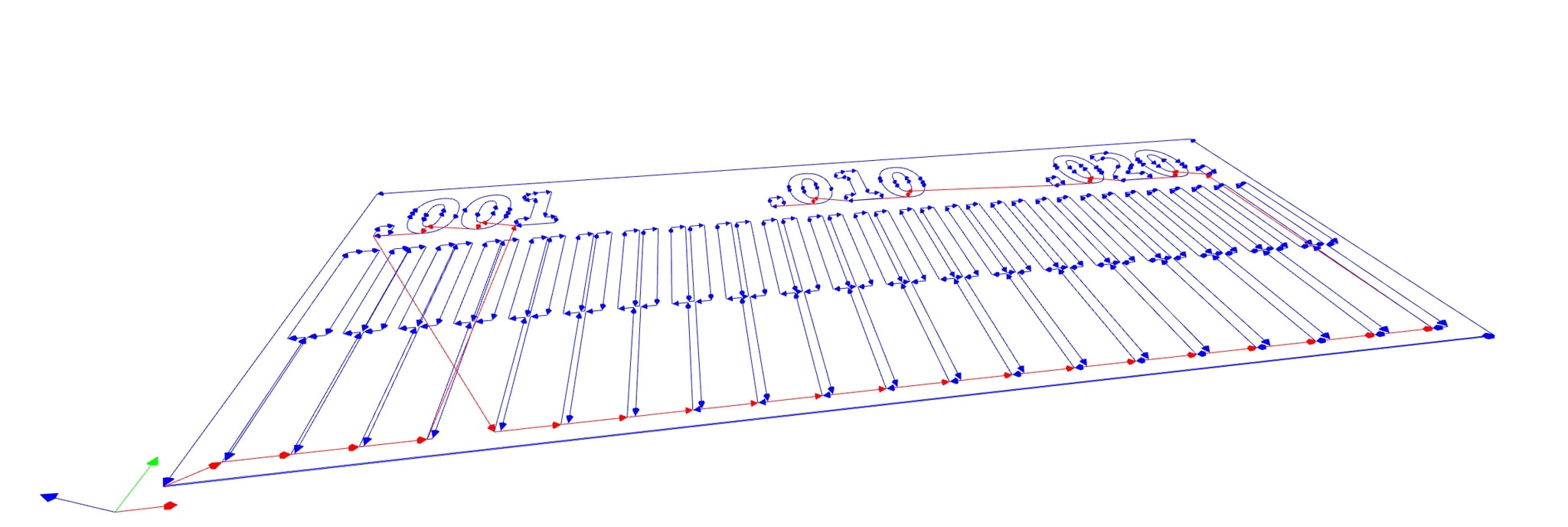Electronics production
The task
- Characterize the design rules for your in-house PCB production process
How it works
In order to fabricate a working pcb, excess copper has to be removed in order to make the traces. To avoid using chemicals, the copper is mechanically removed using a mill bit. The final results will be much more standardised than with a chemical process.
Design

Milling
We first had to attach the copper plte to the machine, it was done using painters tape and some super glue. This is to ensure that the plate will be firm and steady during the milling process.

We added a weight so that the glue dried uniformly, without creating any kind of level.

In order to test the precision of the mill, we were going to be using four different mill bits: 0.1mm, 0.2mm, 0.4mm for making the design, and a 1mm mill bit for cutting it out of the board.

Using the SRM-20 interface to correctly position the machine. The mill bits were installed using these steps:
-
Taking the mill to View position.
-
Using the hexagonal tool, we attached the first mill bit to the machine.

-
We lowered the machine (z dimension), to about 2mm from the copper plate.
-
Carefully loosening the mill bit with the hex tool, we slowly lowered it so that it made direct contact with the copper, we then re-attached it.
Next steps were only used for the 0.1mm and 0.2mm mill bits.
As the shape of the mill is triangular, it had to be calibrated.
-
The mill was taken 0.1mm, so that during the milling, it only scratched the surface of the copper.
-
We started the milling to check if the surface was even and the board properly positioned.
- The surface was tilted, because the milling was not uniform across the surface.

-
The z origin was lowered 50 um and repeated step 6.
- Steps 6 and 7 were done three times for the first mill bit and four for the second.
Results
The final result:

To take the boards out, we used the 1mm tool using steps 1 through 4.

It is clear that the smaller mill bit was much more precise.